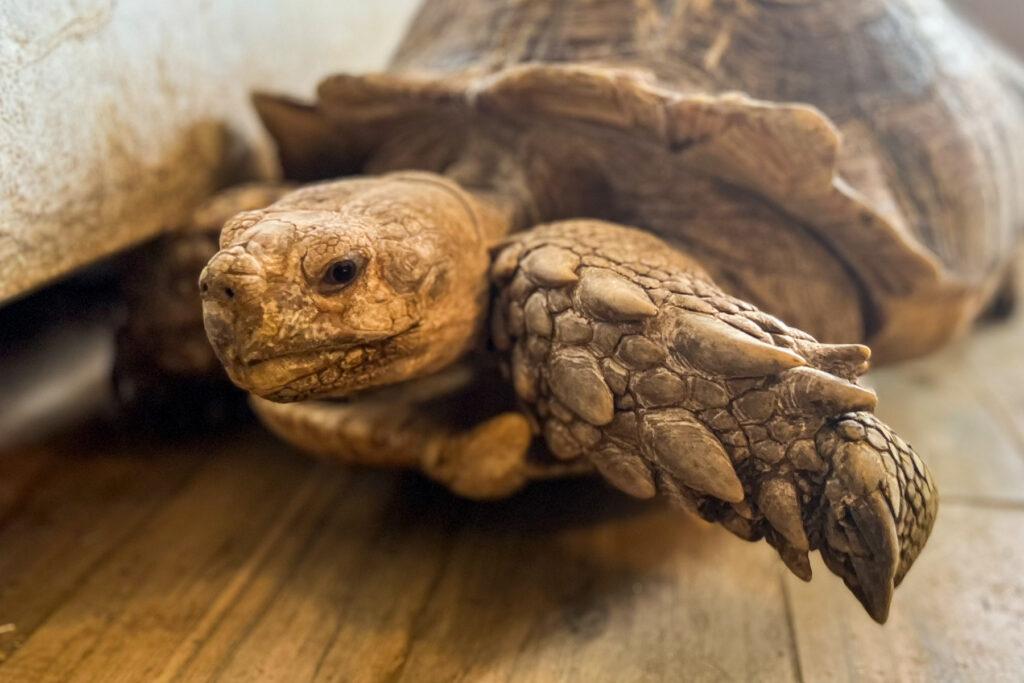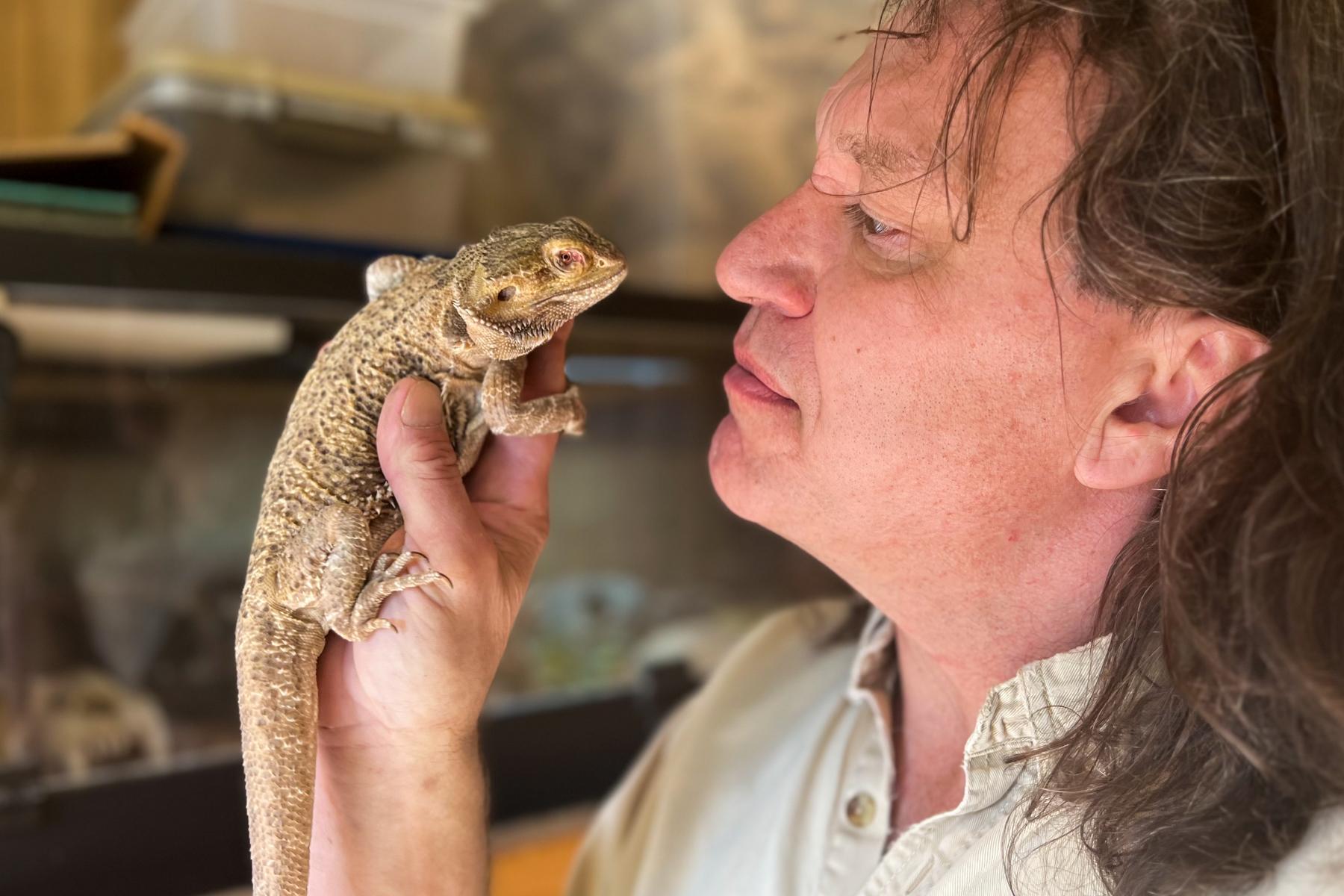
If you’re thinking of buying a reptile as a gift for a loved one this holiday season, use caution. That’s what Nico Novelli advises the people he speaks to through his educational programs.
“I highly, highly discourage ever giving somebody an animal as a pet,” Novelli said. “You're assuming that they want quite a bit of responsibility.”
That responsibility includes the cost of feeding the animals, possibly for decades, and arranging for their care if you go out of town. While finding a dog or cat sitter is fairly easy, “most places don’t board reptiles,” Novelli said.
The owner of Canyon Critters, a rescue based at his home in Boulder County, knows a lot about caring for reptiles. He currently cares for seven tortoises — which can get over 120 pounds each — 12 pythons, two caimans (a type of alligator) and numerous other creatures like lizards and turtles.
Many of the animals he takes in are injured, which means he runs up a high veterinary bill each year. He tries to give some up for adoption but knows many of the animals, especially those with extra needs, will be with him for life.
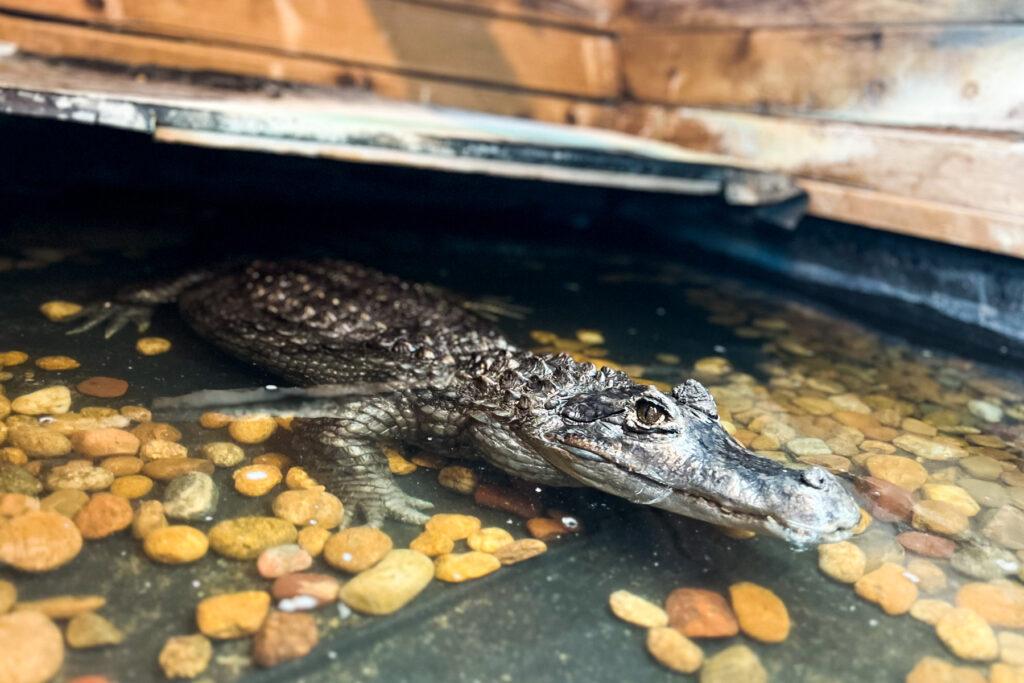
This year, Novelli has gotten over a hundred calls from people who realized they couldn’t take care of their reptiles and wanted to give the animals away. Some of those animals were added to families during the pandemic when buying small pets became even more popular.
Novelli has not been able to take in all of those animals, and there are only a small number of places able to recover unwanted reptiles.
But there are scores of stores that sell them, including major pet store chains and boutique reptile businesses. Novelli thinks that should change.
“The fact that they're selling them in the pet stores is, in my opinion, completely inappropriate,” he said.
He particularly objects to pet stores selling large snakes and gators.
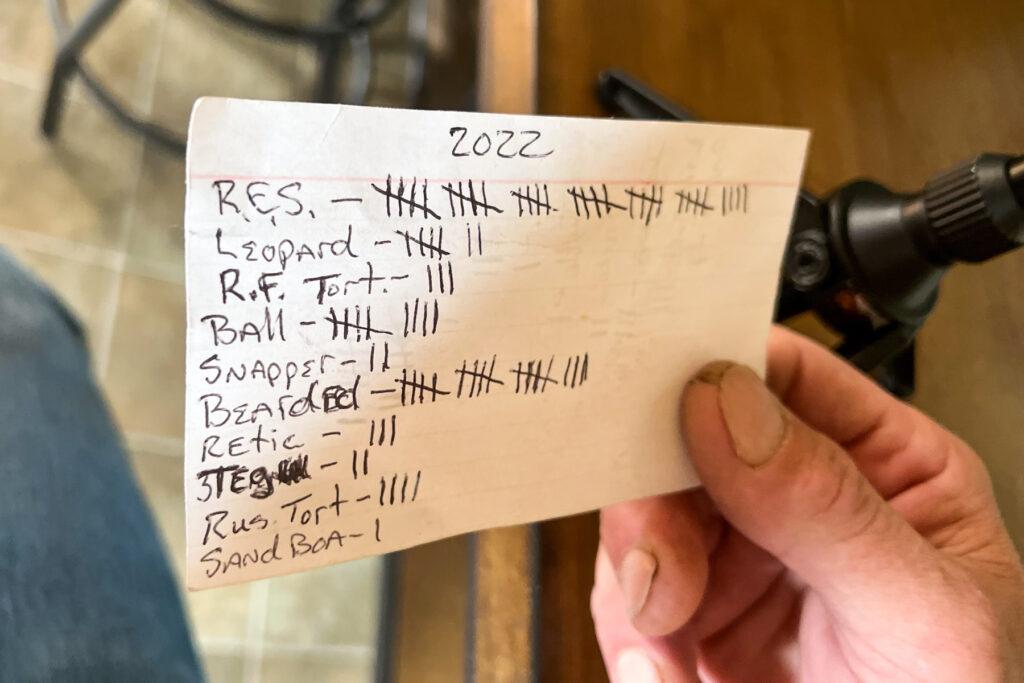
“It's very unfortunate how people do little to no research before they get these animals,” he said.
He acquired one of the two caimans at his rescue a couple of weeks ago, from someone he says recently bought it at a chain store in metro Denver. While the gator is small now, it could grow to over five feet long. “It bites a lot. Even the little ones have very sharp teeth and can cause quite a bit of damage,” he said.
Novelli spoke with Colorado Matters senior host Ryan Warner about what else Coloradans should know before bringing a reptile into their homes. These are edited excerpts of their interview.
Ryan Warner: What do people not expect about how to take care of these animals at home?
Nico Novelli: The most common lizard is a bearded dragon. It’s a very popular pet because they're very social and a lot of celebrities have posted pictures with their bearded dragons. They are great pets, but a lot of people, when they buy them, don't realize that they are going to live up to their upper teens, low twenties, and they're about $80 or $90 to care for properly a month.
Also, if you go on vacation for the holidays and you got a cat or a dog, you can board them at a multitude of places. If you have something like a bearded dragon, there's not a whole lot of places that are going to board, and getting your neighbor kid to come over and pour some dog food in a bowl and take them for a walk is one thing. Getting them to make a fresh salad with fruits and vegetables and put live crickets in the cage, change the water daily, is a bit more of an undertaking, and it's not easy to get somebody.
A lot of people realize that if it's a problem on this vacation, it's going to continue to be a problem on future vacations. So they just say, “This isn't for our lifestyle.”
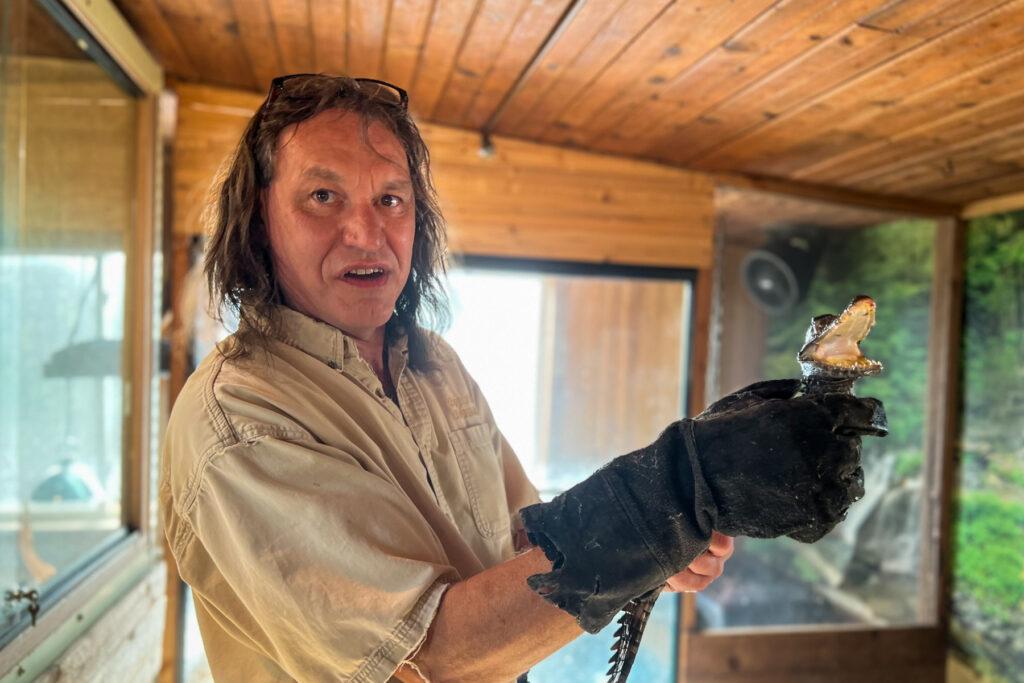
What do you do with the animals you take in?
I try to find homes for them. Unfortunately, my rescue request rate is more than 10 times more than what I get for adoption requests. And a lot of times when people call me to adopt, once I go over the true facts of what it takes to take care of these animals, a lot of people change their minds.
I don't think I've ever done a Boy Scout meeting where at least one, if not multiple parents, don’t come up to me afterwards and thank me for telling them the truth. They say, “You just saved me from making a big mistake.” Because they didn't realize they're about to take on an animal that they had to care for for 20 years and $90 a month.
What do people do with these animals if they realize they can’t take care of them, and there’s nowhere to surrender the reptiles?
They release them. There was just this year where somebody let their caiman gator go in Sloan’s Lake in Denver. I get parks and wildlife officials finding things on trails and bringing them to me. People send me pictures, “I saw this on the trail. What is it? I've never seen one in Colorado.” I tell them: it's a bearded dragon, that's a desert lizard from Australia, it shouldn't be in the wild.
I go over this in my educational programs regularly because people don't realize that letting your pet loose is animal abandonment, animal cruelty and animal neglect. But if it's not from Colorado, it's also an invasive species.
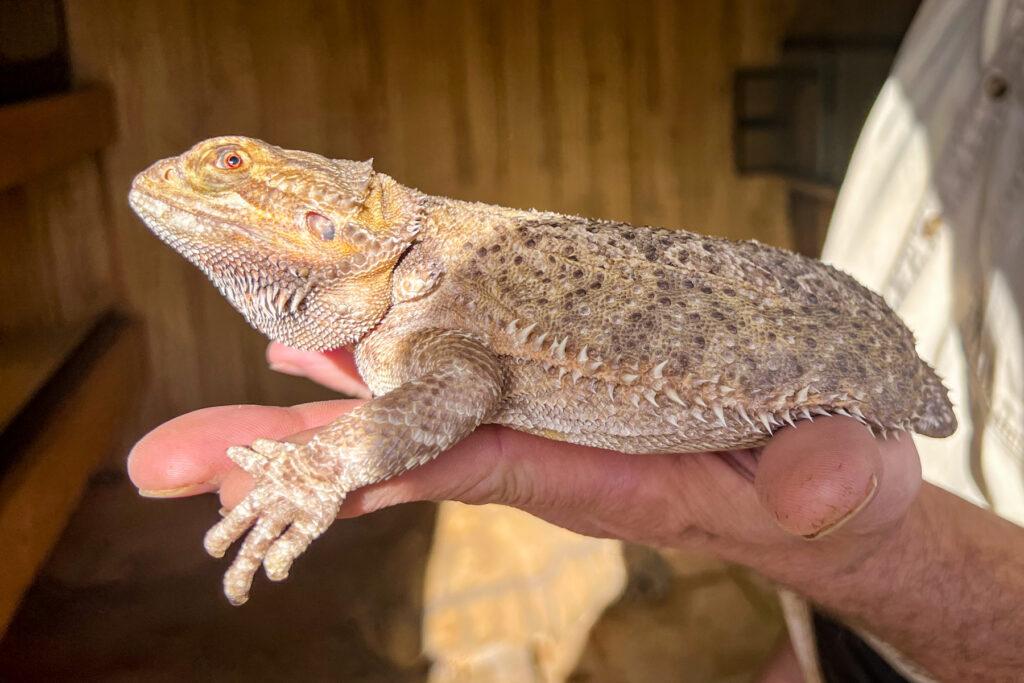
How did you get into animal rescue?
I've had reptiles my whole life. My mom and my grandmother actually had snakes before I did.
Professionally, I started training animals for movies. The rescue started when I was working for animal control in Los Angeles County. The shelter I was working at, when we got reptiles in, we'd keep them anywhere from five to 10 days and then they'd be euthanized. So I started taking them home and then that quickly became a zoo. And then I started Canyon Critters and my programs in order to fund the rescue.
I'm 100 percent self-funded, through my educational programs and my parties. I have another company, my maintenance company, and that's how I pay my bills. In fact, ever since COVID, I've had to spend more and more of the money from my other company to take care of the animals.
Why do you keep doing it, at a financial loss?
It's early mornings: I'm up first thing making salads. It takes me an hour or an hour and a half to make salads for everybody. I go down, distribute salads, pick up old food, pick up any messes made overnight. I do it, quite frankly, because of my passion for the animals and the fact that it's not their fault that people are irresponsible.
